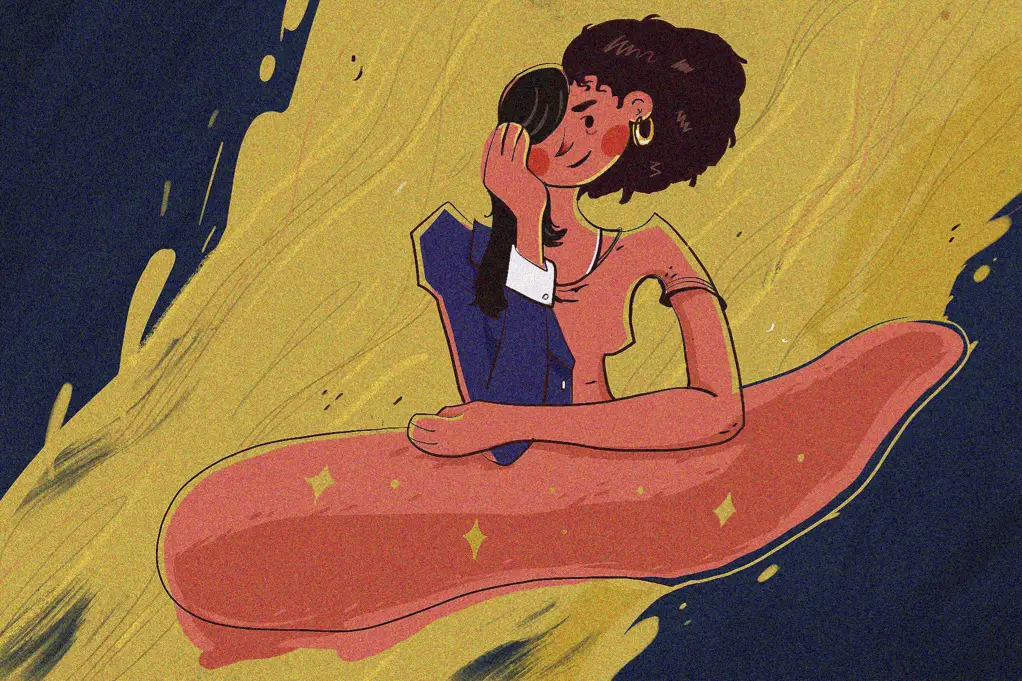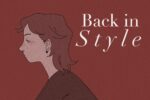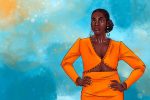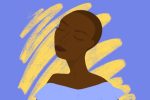When it comes to black women, hair has always been a topic of serious conversation. People often use various aspects of their outward appearance to reflect something about their personalities, and for many black women, hair is that medium.
Black culture has long been considered highly influential in the history of hirsute fashion, producing a number of now iconic hairstyles, including locs, cornrows, relaxers, afros and weaves. In television and movies, these hairstyles are often meant to reflect personalities, using coiffures as characterization. Naturally, a woman is more than her hair, but this doesn’t mean her hair says nothing about her.
Many shows with black female protagonists tend to have each woman with a different type of hairstyle. In HBO’s “Insecure,” Issa Rae plays Issa Dee, an extremely awkward and likable millennial woman. Her best friend, Molly Carter, is quite different from her, with her high-powered law firm job and more put-together aura. Both Issa and Molly’s hair are reflections of their personalities and professional circles.
Issa wears her short afro-textured hair in a variety of quirky and memorable styles. Her changing hair could be representative of her somewhat scattered personality, with her never really knowing where she’s headed in life and changing aspects of her routine regularly. Her job is also much less uptight than her friend’s. Molly’s hair is more predictable.
She often wears straight wigs and weaves, which are considered more professional in corporate circles, and only rocks more Afrocentric hairstyles, like cornrows, when she’s on vacation. Molly is more similar to the protagonist of Netflix’s upcoming “Nappily Ever After,” the black women who excels in the workplace but doesn’t know when to let her hair down (no pun intended).
However, rocking more Afrocentric hairstyles is not always linked to professionalism or a more reserved personality. In other movies and shows, hair is also used to mark a significant transformation in a character or some form of personal growth. Much like Molly, Charley Bordelon-West is a well-composed and collected woman. In the television series “Queen Sugar,” her frizz-free straightened hair stands in stark contrast to her journalist/activist sister’s long locs.
Charley often puts up a front to hide her true feelings from others, preferring instead to appear more perfect. Her sister, Nova, is nearly the exact opposite. Being a writer, Nova often pours her emotions into her articles for all to see, not showing any regard for how others might view her as damaged or melodramatic. On top of this, she is an extremely vocal activist for black rights and never seems afraid of causing controversy.
However, once Charley begins overseeing their father’s old sugar mill in town, she begins to go through a transformation of sorts. She slowly becomes more passionate about standing up for black people, though in a way more suited to her character than Nova’s methods of protest rallies and the like. Instead, Charley chooses to go after things from a business perspective, making strategic moves toward the betterment of the black community where the sugar mills are concerned.
Amidst all of this, she faces one obstacle after another in her not-so-picture-perfect life. The drama all builds to Charley realizing she would rather her appearance display something nearer to her true self, rather than keep up her façade. In a sudden decision one morning, she puts down the blow dryer and wears her hair in its naturally curly texture.
Charley’s journey to revealing her inner passions is similar to the protagonist’s in the 2014 film “Beyond the Lights.” Gugu Mbatha-Raw plays the role of an emerging musical artist named Noni Jean. Her trademark wavy purple weave shows her fans what every woman wishes she could be: sexy, fun, trendy and successful. But underneath her image of the desirable woman, Noni is battling her own demons, including depression and a lack of real connection with anyone in her life.
Over the course of the movie, this slowly changes as she falls in love with a cop named Kaz. Eventually, in an attempt to escape from the whirlwind of media attention in Noni’s life, the couple head to a foreign country where she won’t be recognized. It is here that Noni removes her purple hair to reveal a head of curly strands, and she makes the decision to become the artist she really wants to be, rather than maintain an image that makes her unhappy.
While many recent stories have used a black woman’s hair to reflect her job position and personality, as is common in reality, just as many narratives have begun to use hair to symbolize a black woman developing and coming into her own. The most blatant use of this symbolism would be in Tomi Adeyemi’s debut fantasy novel, “Children of Blood and Bone,” and it’s all the more empowering for its lack of subtlety. At the beginning of the story, the main character, Zélie, has straight white hair. As she gains strength in her magical powers, Zélie’s hair gradually becomes kinkier and kinkier until it is a full-blown afro at the end of the book, framing her head like a cloudy white halo.
What these characters and their accompanying hairstyles seem to be saying the most is, yes, black women are powerful, though many of them have yet to reach their full potential. However, they are also as diverse as any other group of women, and their variety of hairstyles in the media seems to reflect this diversity, as well as their capacity for personal growth.

















